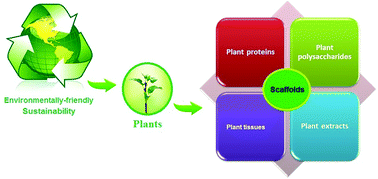Plants and plant-based polymers as scaffolds for tissue engineering
Abstract
Diverse scaffold materials created from a variety of biomaterials via a plethora of production methods have been applied to redevelop varied tissues and body organs. Irrespective of the tissue type, a number of factors such as biodegradability, biocompatibility, mechanical properties, scaffold architecture and manufacturing technology are important when designing or determining the suitability of a scaffold for usage in tissue engineering. The plant-based natural polymers, being derived from green and sustainable sources, meet the requirements for such novel biomaterials with desirable properties for tissue engineering that require minimal chemical processing for industrial applications. The significant advantage of plant scaffolds is the apparent ease with which they can be made and manipulated; they are quite pliable and can be easily cut, fashioned, rolled or stacked to form a range of different sizes and shapes. They are also renewable, easy to mass produce and are relatively inexpensive. This review describes the use of plants and plant-based polymers and highlights the collective roles of such biomaterials in the assembly of greener and natural-based scaffolds for tissue engineering.



 Please wait while we load your content...
Please wait while we load your content...